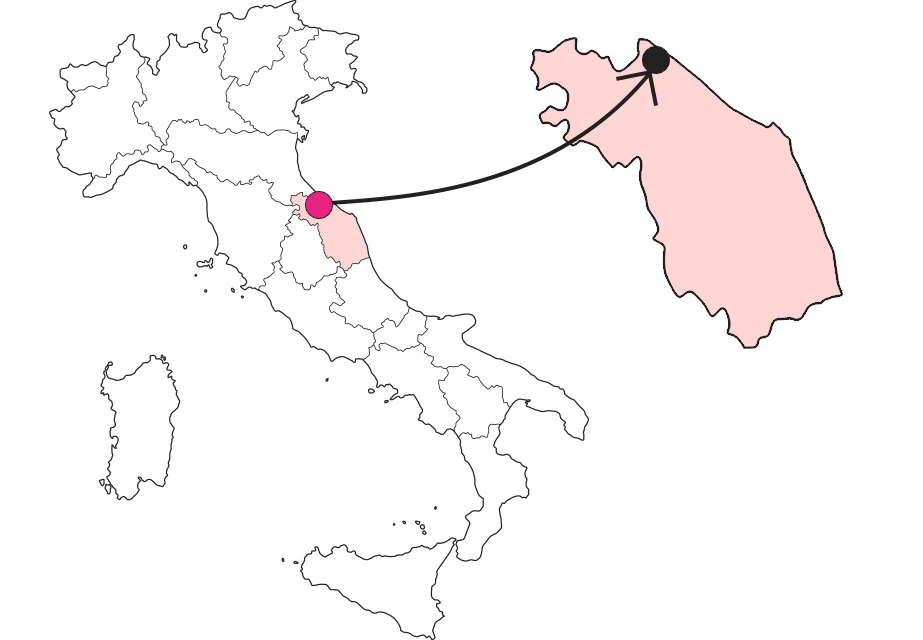SHARRYLAND


Where is

What it is and where it is
Montalfoglio is a medieval village that is still intact. Protected by its walls and accessible from the only gate that runs through them, this village seems to be completely immune to the effects of time. One fine moment, in 1290, it appears as if nothing had happened in the chronicles and without giving too much thought to the whirlwind of History, it goes on with its placid life. It is a monument to itself, with the few brownstone houses that bear their year of construction engraved on them, and to top it off, with the beautiful landscape that surrounds it.
Why it is special
Precisely the tranquility is the prevailing characteristic. The town is very small, walled and perched on high ground. The gateway that greets the visitor without triumphalism, rather, configuring itself as a low, dimly lit archway, introduces the visitor to the world of quiet that lies beyond it. In front of the houses, flowers and plants decorate the streets and testify to the love of the people who live here for their hamlet. If you skirt the solid walls, Montalfoglio seems to take hold of the light, colors and fresh air of the landscape, yet shun its noise. Everything is simple yet clothed in that elegance typical of small villages suspended in time.
Not to be missed
For the past few years in August there has been the Notturna dei Sapori in Mountain Bike, along a route that runs from San Lorenzo in Campo to Fratte Rosa, passing through Montalfoglio. The event is at night, so safety helmets must be supplemented with flashlights to light the way. Several tasty refreshment spots are available where local products abound. Good food, outdoor sports and company, what more could you ask for?
A bit of history
In saying that Montalfoglio appeared in the chronicles in 1290, I wasn't using a metaphor; that's just how it happened. The first record of its existence is related to the payment of taxes by the priest of Montalfoglio in the name of the Abbot of San Lorenzo. Its fate has always been strongly linked to that of nearby San Lorenzo in Campo, with which it formed a vicariate that Pope Boniface IX gave to the Montevecchio family in 1392. When the family died out in the first half of the 1600s, the vicariate became part of the Papal States again.
Trivia
There are many threads and many plots that connect these small villages to each other. One of these is represented by water, or rather, by wash houses. There are four in the area: one in the hamlet of San Vito sul Cesano, two in San Lorenzo in Campo, and one right in Montalfoglio, just outside the gate. These four tubs have seen many women toil as they washed clothes, and have heard all the stories, anxieties and hopes told in those moments. Perhaps it is the echo of these memories that makes the ancient wash houses so fascinating.
Enter the Map of Italy's Undiscovered Wonders and find treasures where you least expect it... Inspire, Recommend, Share...
Collections
The Map thanks:
Enter the Map of Italy's Undiscovered Wonders and find treasures where you least expect it... Inspire, Recommend, Share...
Where is

Collections




